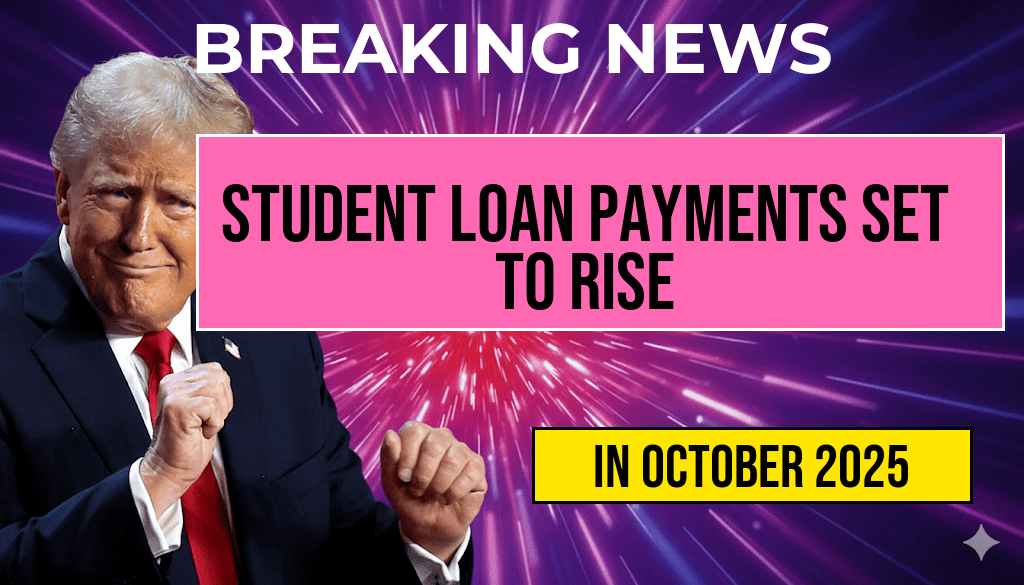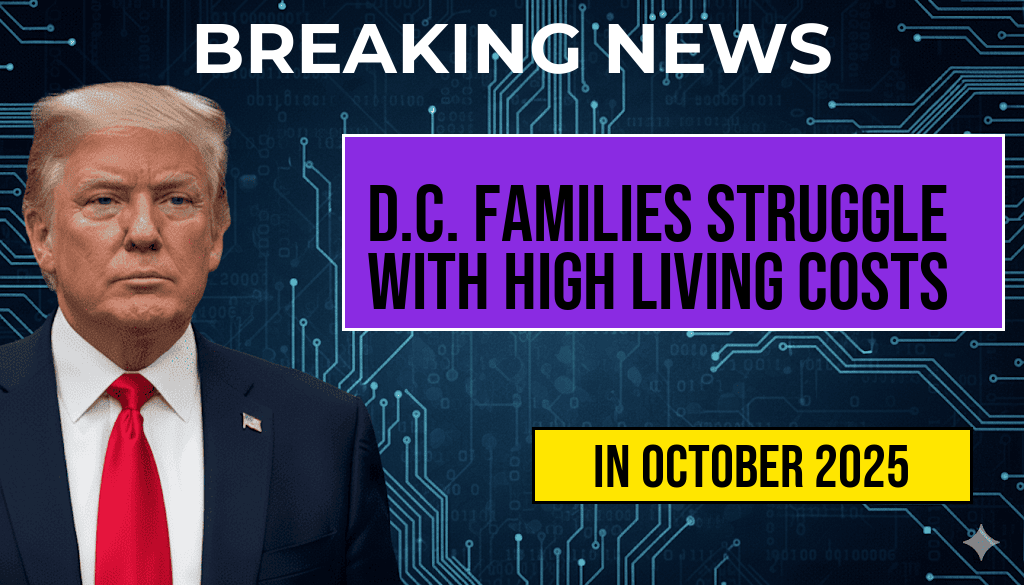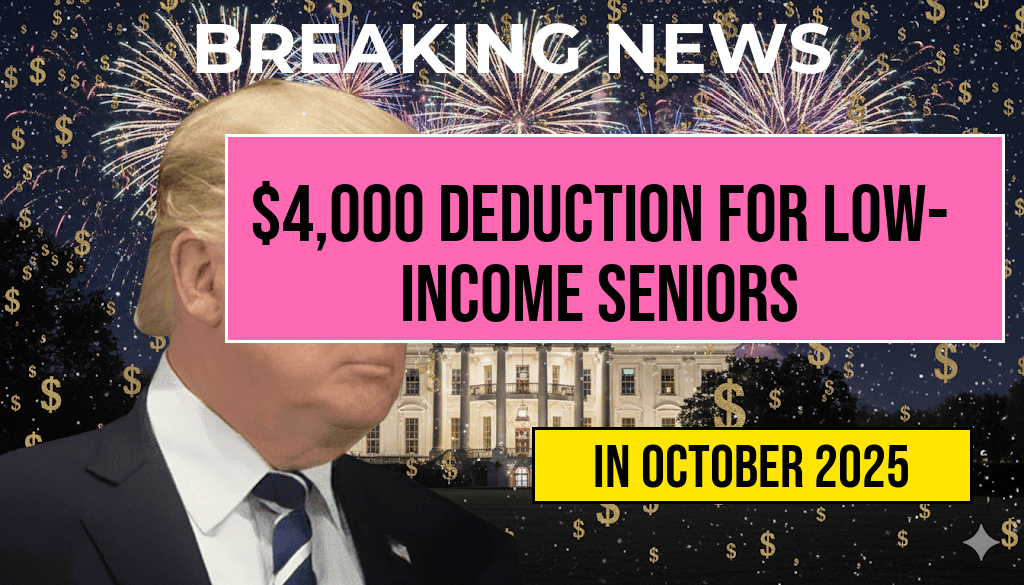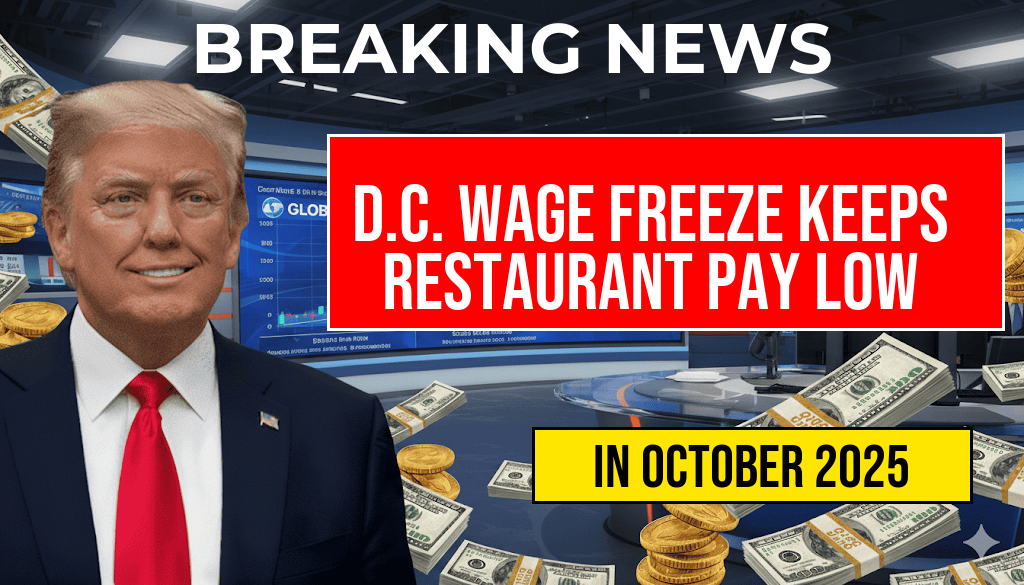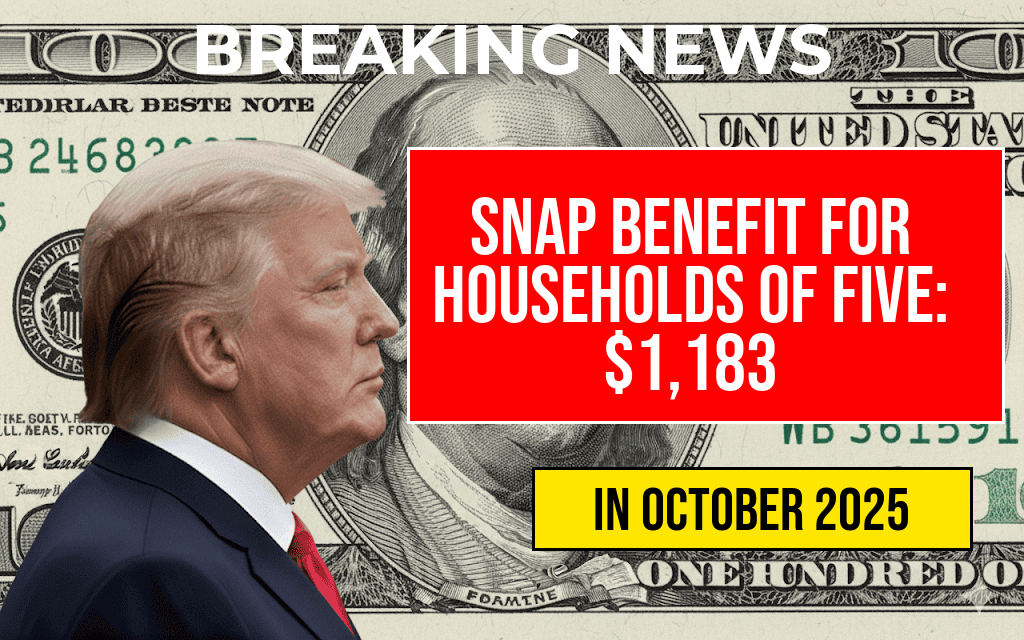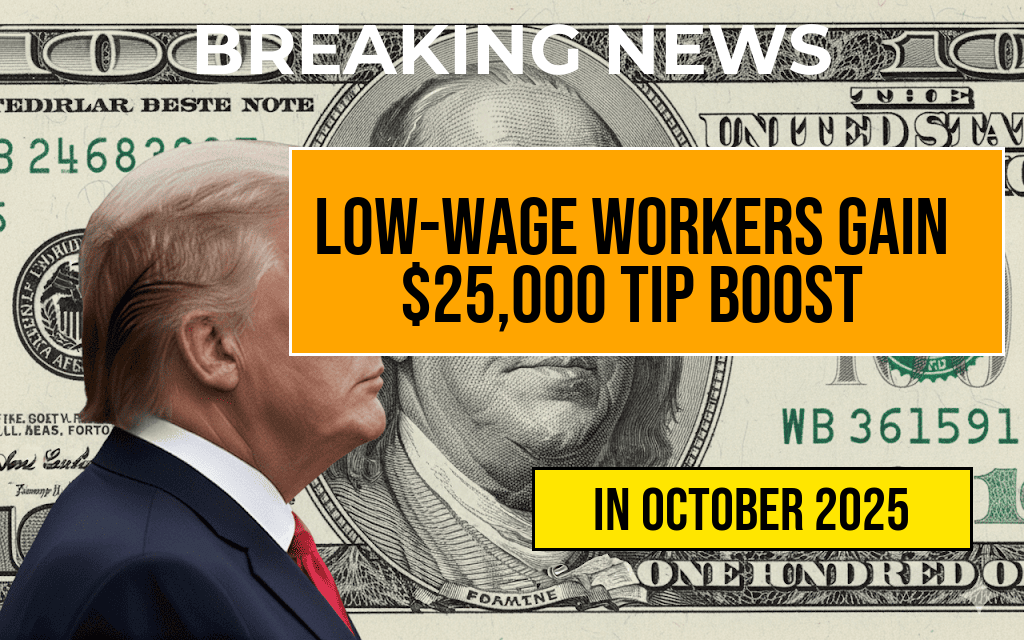The student loan crisis in the United States is set to escalate as millions of borrowers brace for a significant increase in their monthly payments. Starting next year, many federal student loan borrowers will see their bills rise by an average of $400 per month. This impending change comes as the pause on federal student loan repayments, which began during the COVID-19 pandemic, is scheduled to end after several extensions. With the resumption of payments, borrowers who had been relying on this hiatus will now face the reality of their financial obligations. The situation is particularly dire for those who were already struggling with their loan balances, as the average student loan debt in the U.S. hovers around $37,000. Understanding who will be affected and how to navigate this change will be crucial for millions of Americans.
Who Will Be Impacted?
As the repayment pause comes to an end, certain groups of borrowers are expected to feel the financial strain more acutely than others. Key demographics include:
- Recent Graduates: Many new graduates entering the job market may find it challenging to meet the increased payment demands, especially if they are not securing well-paying jobs immediately.
- Low-Income Borrowers: Those earning lower wages may struggle to manage their monthly payments, leading to a greater risk of default.
- Parents with Parent PLUS Loans: Parents who took out loans to finance their children’s education will also face higher bills, further straining family finances.
- Borrowers in Long-Term Forbearance: Individuals who have been in forbearance for extended periods may find themselves unprepared for the sudden financial responsibility.
Financial Implications of the Payment Hike
The $400 increase in monthly payments could have significant implications for borrowers’ financial health. Many individuals may need to reevaluate their budgets, potentially sacrificing other essential expenses to accommodate their loan payments. According to a recent report by the Forbes Advisor, this adjustment could push some borrowers toward high-interest credit options to cover the shortfall, further complicating their financial situations.
Impact on Default Rates
As borrowers grapple with rising payments, experts are concerned about a potential spike in default rates. The U.S. Department of Education has indicated that the default rate, which has already seen troubling trends, may worsen as individuals struggle to keep up with their financial obligations. This could lead to long-lasting consequences, including damaged credit scores and an inability to secure future loans.
Advice for Borrowers
To navigate this difficult transition, borrowers can take several proactive steps:
- Evaluate Repayment Options: Borrowers should explore different repayment plans, including income-driven repayment options that can adjust payments based on income levels.
- Consider Refinancing: For those with good credit, refinancing might offer lower interest rates, which could reduce monthly payment totals.
- Seek Financial Counseling: Professional financial advice can help borrowers create a sustainable budget and explore options for managing debt.
Looking Ahead
As the deadline for resuming payments approaches, advocacy groups are urging lawmakers to consider measures that could alleviate the burden on borrowers. Proposals include extending the repayment pause or enhancing forgiveness programs for low-income individuals. With the stakes high and millions of borrowers affected, the need for systemic solutions has never been more pressing.
| Borrower Type | Current Average Payment | New Average Payment | Projected Monthly Increase |
|---|---|---|---|
| Recent Graduates | $250 | $650 | $400 |
| Low-Income Borrowers | $300 | $700 | $400 |
| Parents with PLUS Loans | $400 | $800 | $400 |
Frequently Asked Questions
What is causing the $400 monthly payment hike in student loans?
The recent decision to resume student loan payments after a long pause due to the pandemic is primarily responsible for the significant payment hike. Many borrowers are now facing increased financial burdens as their loans become due again.
Who is most affected by the payment increase?
The payment hike primarily affects borrowers with federal student loans who have been on a temporary forbearance due to the pandemic. This includes millions of students and graduates who may struggle to meet the new payment requirements.
Are there any relief options available for those impacted?
Yes, there are several relief options available for borrowers, including income-driven repayment plans, deferment, and loan forgiveness programs. It’s crucial for borrowers to explore these options to manage their new financial obligations effectively.
When will the increased payments take effect?
The increased payments are set to take effect as federal student loan repayments resume, which is expected to happen soon after the end of the payment pause. Borrowers should check their loan servicer’s website for specific dates.
What steps can borrowers take to prepare for the payment increase?
Borrowers should start budgeting for the new monthly payments, explore potential relief options, and contact their loan servicer for guidance on repayment plans. Being proactive can help mitigate the impact of the payment increase.

